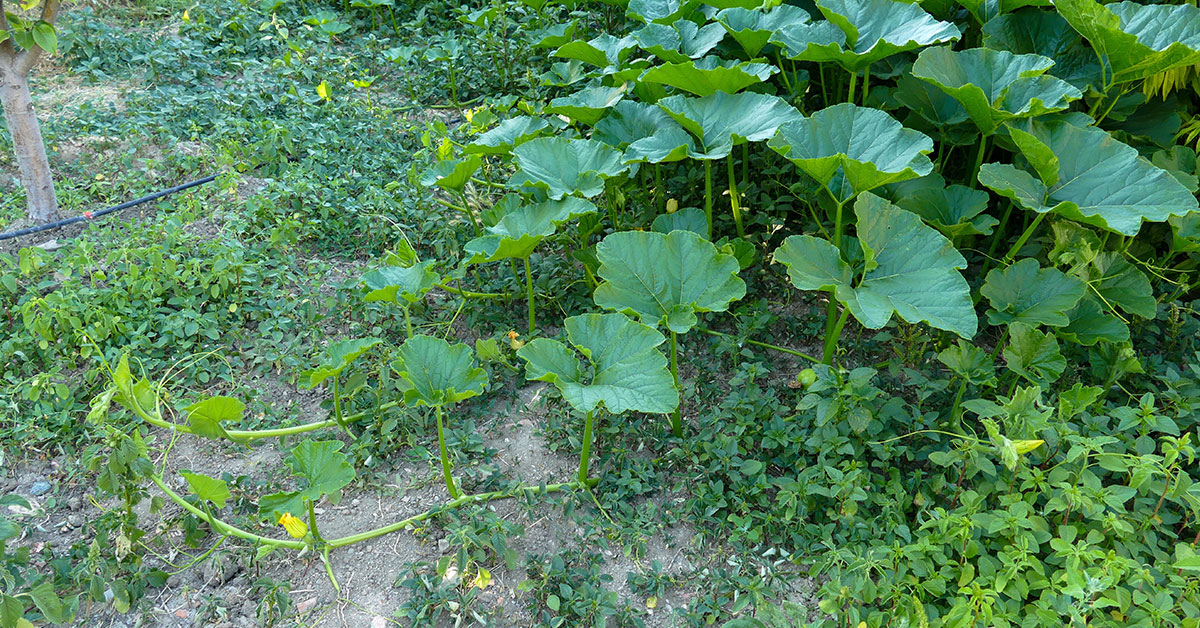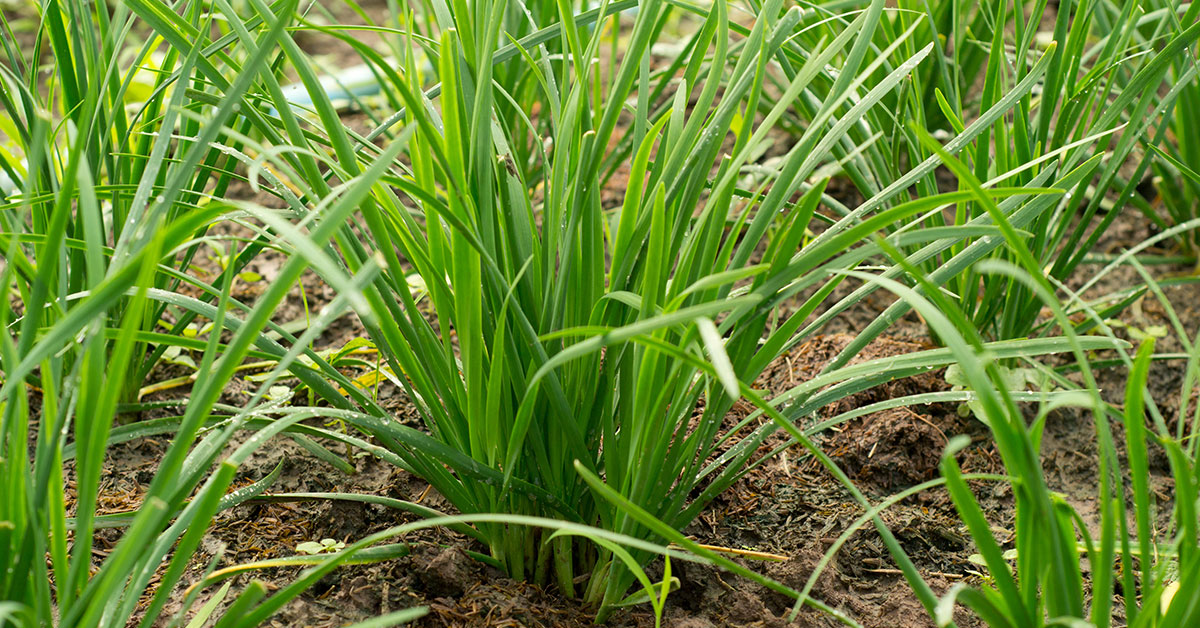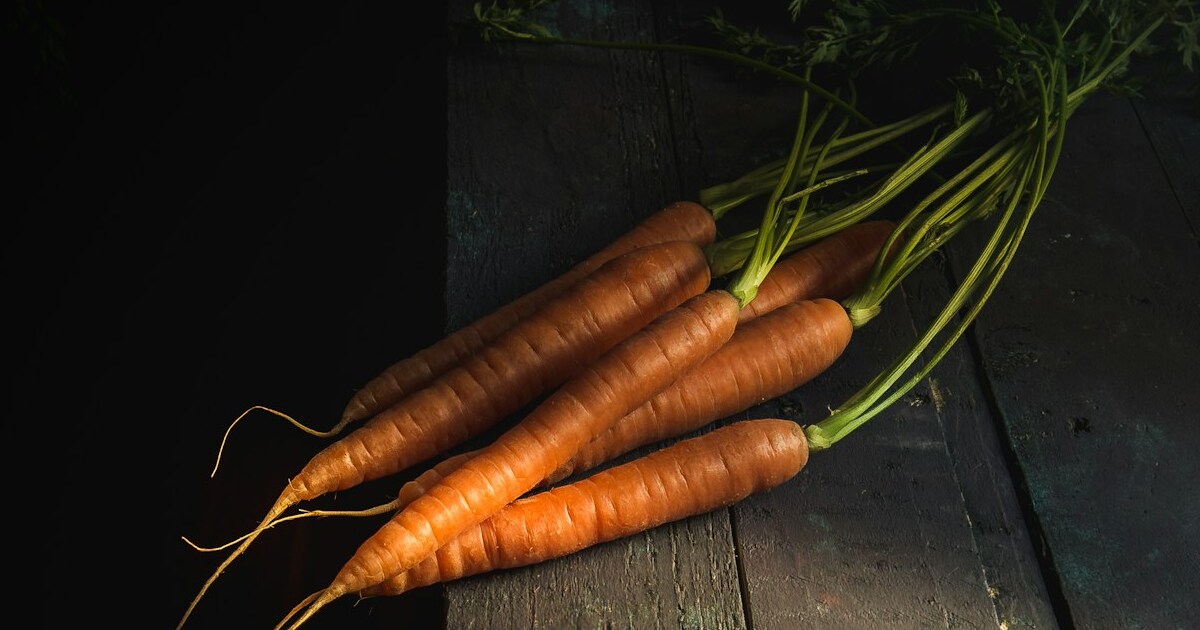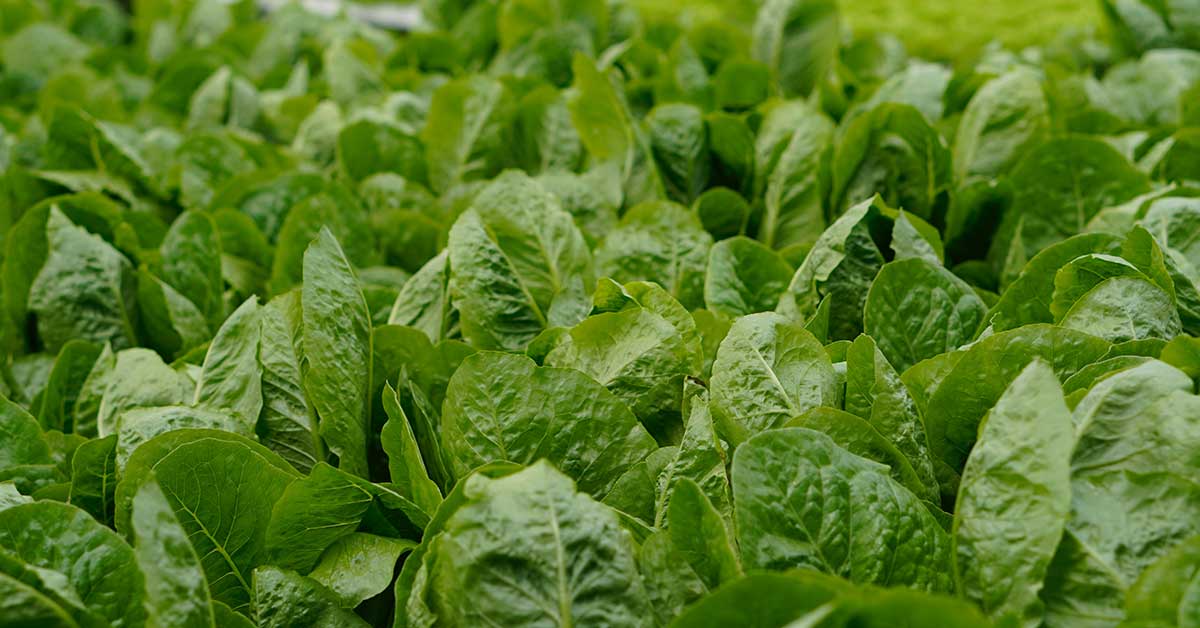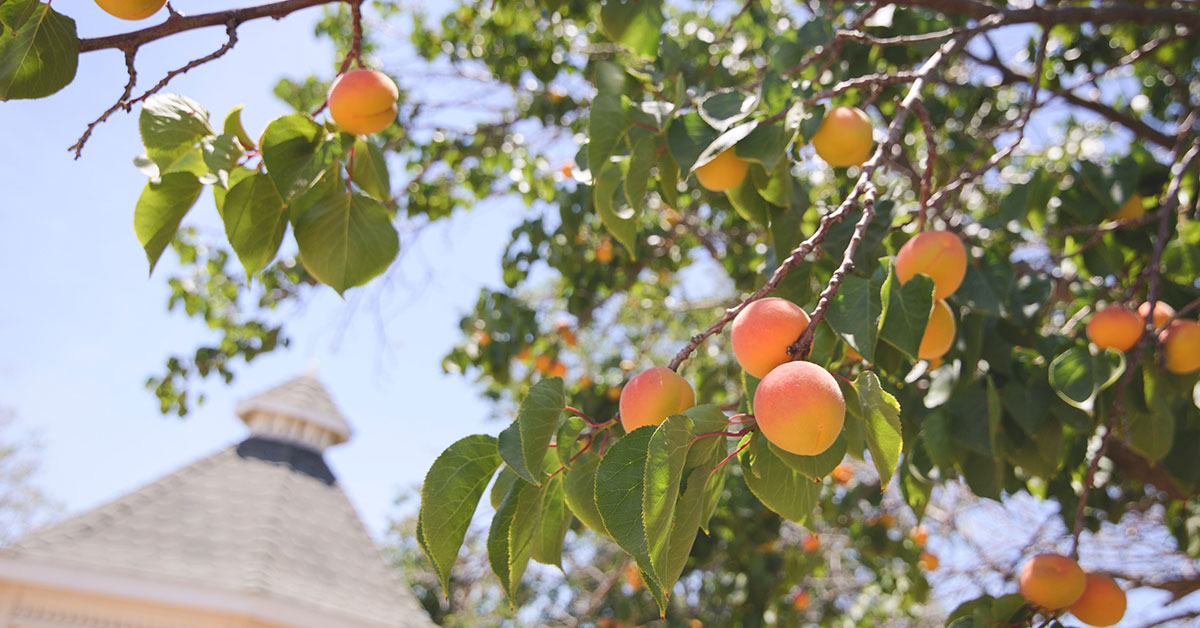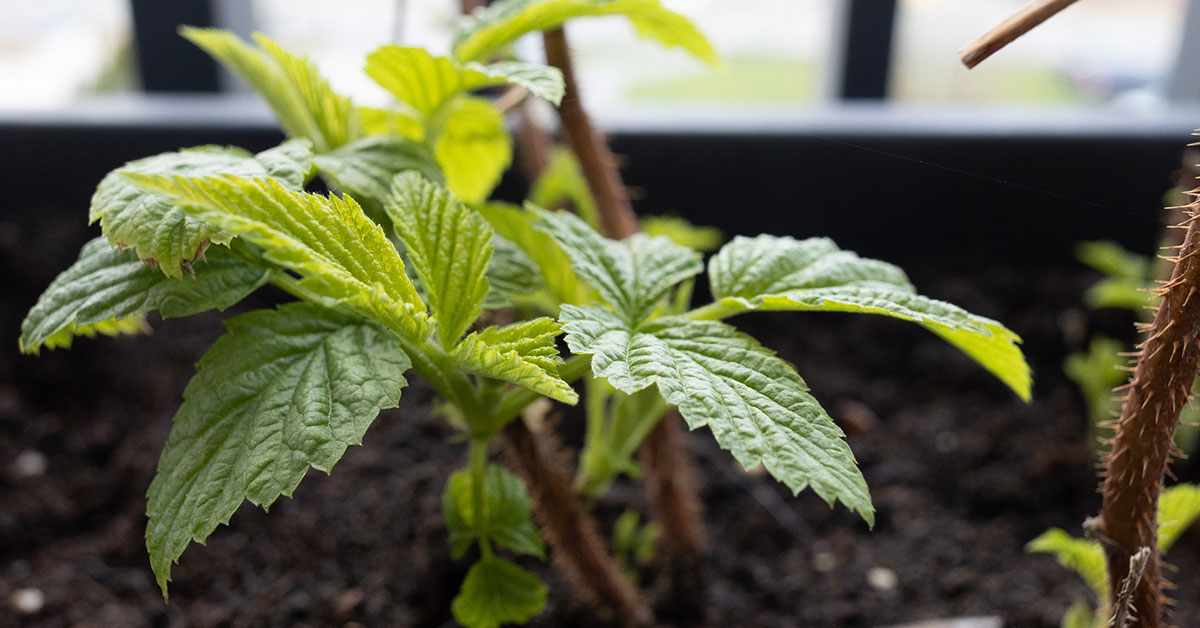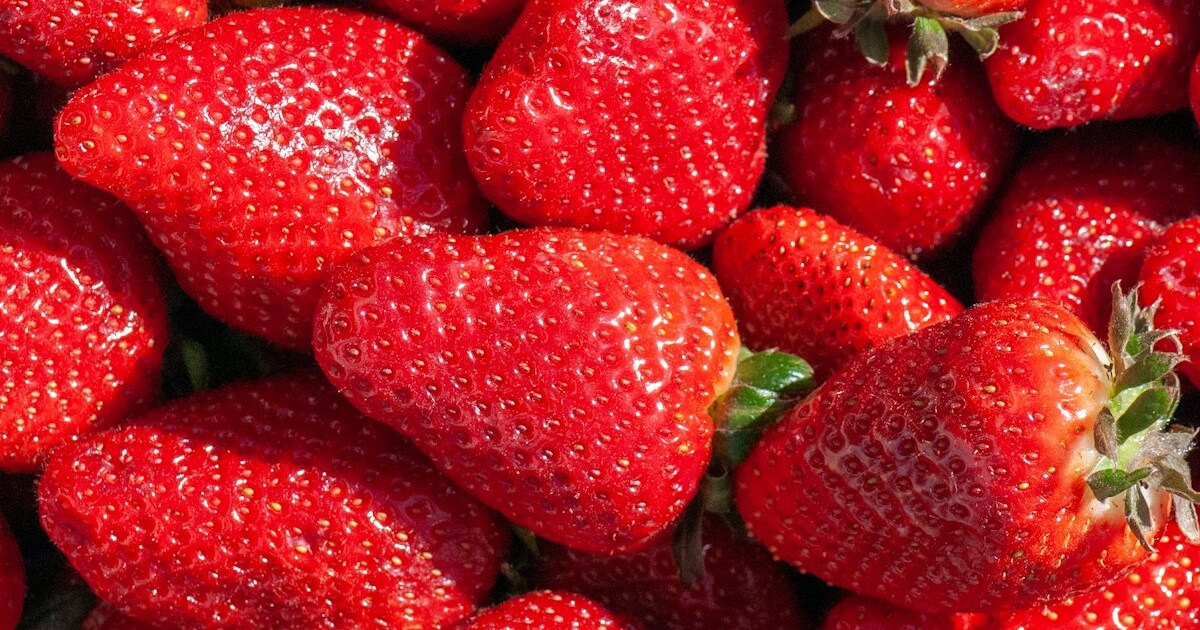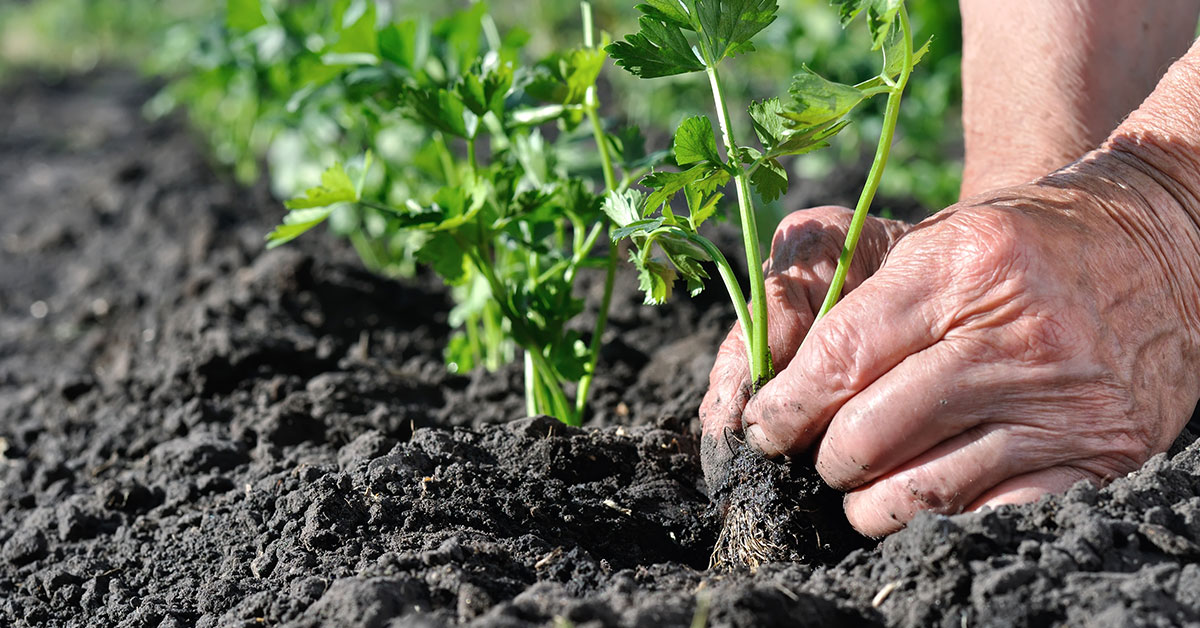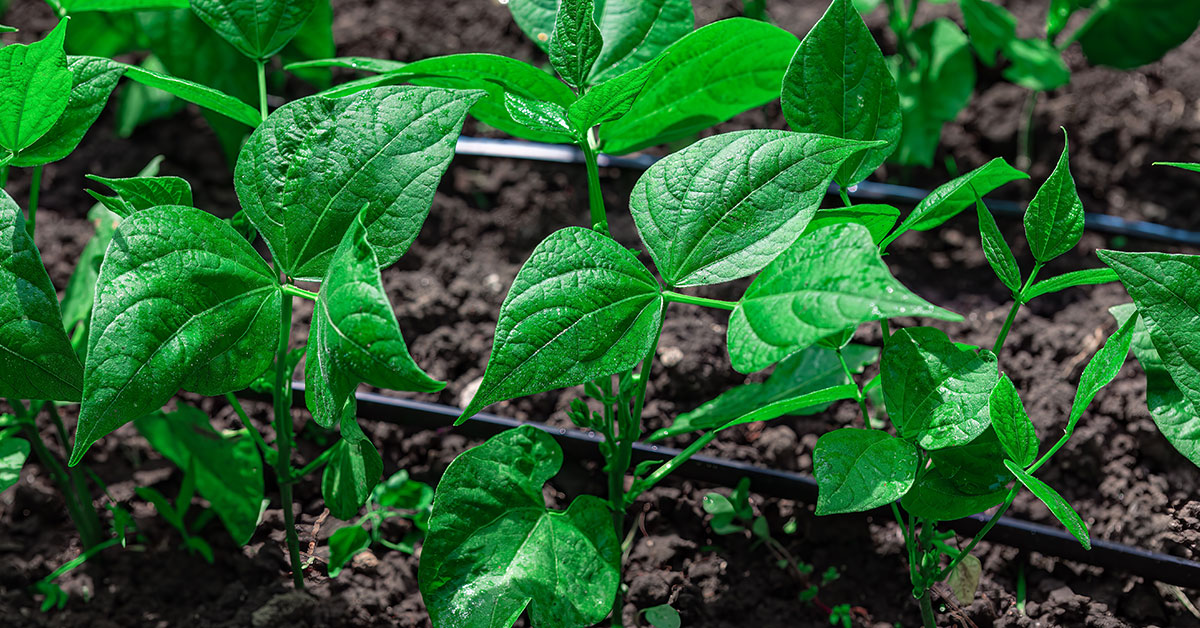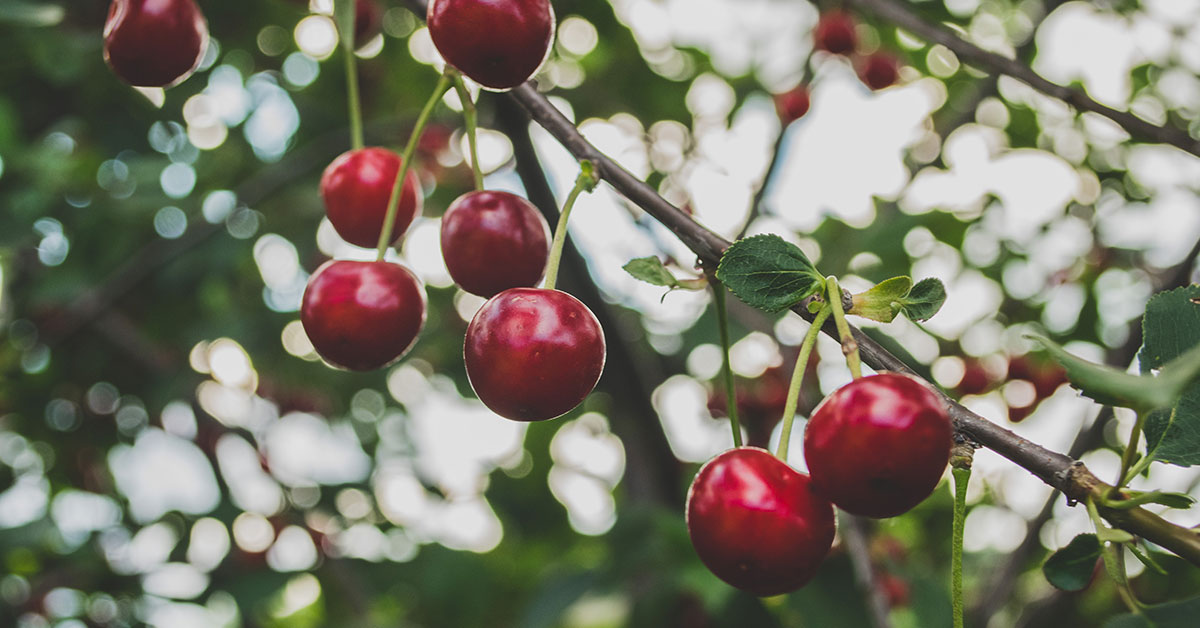The Sweet Dumpling pumpkin is a unique and delicious variety of winter squash that is becoming increasingly popular among both amateur and professional chefs.
With their small size and distinctive shape, these pumpkins are perfect for a wide range of recipes, from sweet to savory.
Whether you’re looking to create a delicious pumpkin pie, flavorful soup, or hearty stew, Sweet Dumpling pumpkins are sure to add a touch of sweetness and depth to your favorite dishes.
We’ll explore the history and culinary uses of this versatile and flavorful pumpkin variety, as well as some tips for selecting, preparing, and cooking with Sweet Dumpling pumpkins.
What is a Sweet Dumpling pumpkin?
Sweet Dumpling pumpkin is a type of winter squash that belongs to the Cucurbitaceae family. This pumpkin is a small, flattened, and round-shaped variety that usually weighs between 1-2 pounds. It has a green and white striped rind that is hard and smooth with a slightly curved stem.
The flesh of the Sweet Dumpling pumpkin is sweet, tender, and creamy. It has a nutty and buttery flavor that is perfect for a variety of recipes. This pumpkin is a great source of essential nutrients such as vitamin A, vitamin C, potassium, and fiber.
Sweet Dumpling pumpkin is a versatile ingredient that can be roasted, baked, steamed, boiled, or grilled. It can be used in both sweet and savory dishes, making it ideal for a wide range of recipes. It can be used in soups, stews, casseroles, curries, pies, cakes, and bread.
In addition to its culinary uses, Sweet Dumpling pumpkin is also used for decorative purposes. Its unique appearance makes it a popular choice for fall and Halloween decorations.
These pumpkins are a delicious and nutritious ingredient that is easy to cook with and offers a wide range of culinary possibilities.
How to start Sweet Dumpling pumpkin seeds
Growing pumpkins from seed is an incredibly rewarding and relatively easy gardening endeavor. With the right preparation and care, anyone can experience the joy of watching these vibrant vines produce bountiful, colorful pumpkins. Starting pumpkins from seed allows you to choose from a wide variety of shapes, sizes, and colors to suit your preferences.
Additional Resource: Our Full Guide On Starting Pumpkins From Seed
Growing & care
Caring for pumpkins is remarkably straightforward, making it an ideal choice for both novice and experienced gardeners. Once established, pumpkins require minimal maintenance.
- Transplanting: When the danger of frost has passed and the soil has warmed up, transplant the pumpkin seedlings into your prepared garden bed or large containers. Ensure they are spaced 3-5 feet apart to allow for proper growth and airflow.
- Care and Maintenance: Water your pumpkin plants deeply and regularly, aiming for about 1-2 inches of water per week. Mulch around the plants to conserve moisture and suppress weed growth. Monitor for pests and diseases, and take appropriate action if necessary.
- Pollination: Pumpkins require pollination for fruit set. Bees and other pollinators are crucial for this process. To encourage pollination, avoid using insecticides that could harm pollinators and consider hand-pollinating if necessary.
- Fertilization: As the pumpkin plants grow, provide them with regular feedings of balanced fertilizer according to the package instructions. This will help support healthy foliage growth and fruit development.
- Pruning and Training: Control the growth of your pumpkin vines by gently pruning back excessive foliage. This promotes better airflow and directs energy towards fruit production. Use trellises or supports to train the vines if desired.
- Harvesting: Harvest pumpkins when they reach their full color, have a hard rind, and the stem starts to dry out. Cut the pumpkins carefully from the vine, leaving a few inches of stem attached. Handle them gently to avoid any damage.
Common pumpkin pests and diseases
Growing pumpkins can sometimes encounter a few common problems. Here are some issues you may face and their corresponding solutions:
- Powdery Mildew: This fungal disease appears as a white, powdery coating on the leaves, causing them to wither and die. To combat powdery mildew, ensure proper spacing between plants for good air circulation. Apply fungicides as a preventive measure or use organic treatments like neem oil or a mixture of baking soda and water.
- Squash Bugs: These pests feed on the leaves, causing wilting and stunted growth. Handpick and destroy the bugs or use insecticidal soap to control their population. Placing floating row covers over young plants can prevent squash bugs from laying eggs.
- Vine Borers: The larvae of squash vine borers burrow into the stems, leading to wilting and plant death. Cut open the stem, remove the borer, and mound soil at the base of the affected plant to encourage rooting. Applying row covers early in the season can help prevent adult borers from laying eggs.
- Blossom End Rot: This physiological disorder manifests as sunken, darkened areas on the blossom end of the fruit. It is caused by calcium deficiency or inconsistent watering. Maintain consistent soil moisture levels, provide adequate calcium through organic amendments, and mulch around the plants to regulate soil moisture.
- Poor Fruit Set: Insufficient pollination can result in poor fruit development. Encourage pollinators by planting pollinator-friendly flowers nearby. In the absence of sufficient pollinators, hand-pollinate by transferring pollen from male to female flowers using a small brush or cotton swab.
- Overwatering or Root Rot: Excessive watering or poorly drained soil can lead to root rot and plant decline. Allow the soil to dry slightly between waterings, and improve drainage by amending the soil with organic matter or growing pumpkins in raised beds.
- Weeds: Weeds compete for nutrients, water, and sunlight, hampering pumpkin growth. Regularly weed around the plants to minimize competition and maintain a weed-free zone.
Remember to monitor your plants regularly, catch problems early, and apply appropriate treatments promptly. By implementing these preventive measures and taking swift action when needed, you can address common pumpkin-growing problems and enjoy a successful harvest.
When and How to Harvest
Sweet Dumpling pumpkins are a popular variety of winter squash that is known for its small size and sweet flavor. Harvesting these pumpkins at the right time is crucial to ensure that they are at their peak flavor and texture.
The first thing to keep in mind when harvesting Sweet Dumpling pumpkins is that they need to be left on the vine until they are fully mature. This means that you should not be in a hurry to pick them as soon as they start to turn orange.
The best time to harvest Sweet Dumpling pumpkins is when the vines start to die back and the skin of the pumpkin has hardened. This usually happens around 90 to 100 days after planting. You can test the readiness of the pumpkin by pressing your fingernail into the skin. If it leaves an indentation, the pumpkin is not yet ready. If the skin is hard and cannot be easily punctured, the pumpkin is ready for harvest.
Another way to tell if a Sweet Dumpling pumpkin is ripe is by checking the color. A fully matured pumpkin will have a deep orange color and the stem will be dry and brown.
How To Harvest
When harvesting the pumpkin, it is important to use a sharp knife or pair of pruning shears to cut the stem about 2 to 3 inches above the pumpkin. Be sure to leave enough stem so that they will not rot or attract insects.
Once you have harvested the Sweet Dumpling pumpkin, it can be stored for several months in a cool, dry place. Be sure to check on it regularly to make sure it does not begin to rot or develop mold.
Harvesting Sweet Dumpling pumpkins is easy once you know what to look for. Remember to wait until the skin has hardened and the vines have died back, and to cut the stem leaving enough to prevent rotting. With a little patience and care, you can enjoy the delicious flavor and texture of these pumpkins all winter long.
Uses for Sweet Dumpling pumpkin
Sweet Dumpling pumpkins are a popular variety of winter squash that are known for their small size, sweet flavor, and versatile uses. These pumpkins are typically used in a variety of recipes and dishes, making them a staple ingredient in many kitchens.
One of the most common uses for Sweet Dumpling pumpkins is in soups and stews. The sweet and nutty flavor of the pumpkin adds depth and richness to these dishes, while the firm texture of the flesh helps it hold up well in cooking.
Sweet Dumpling pumpkins are also frequently used in baking, particularly in pies, muffins, and breads. The sweet flavor of the pumpkin pairs well with spices like cinnamon, nutmeg, and ginger, making it a great addition to many fall and winter desserts.
In addition to these uses, Sweet Dumpling pumpkins can also be roasted or steamed and used as a side dish or added to salads for a pop of color and flavor. Some people even use them to make homemade pumpkin puree for use in other recipes.


